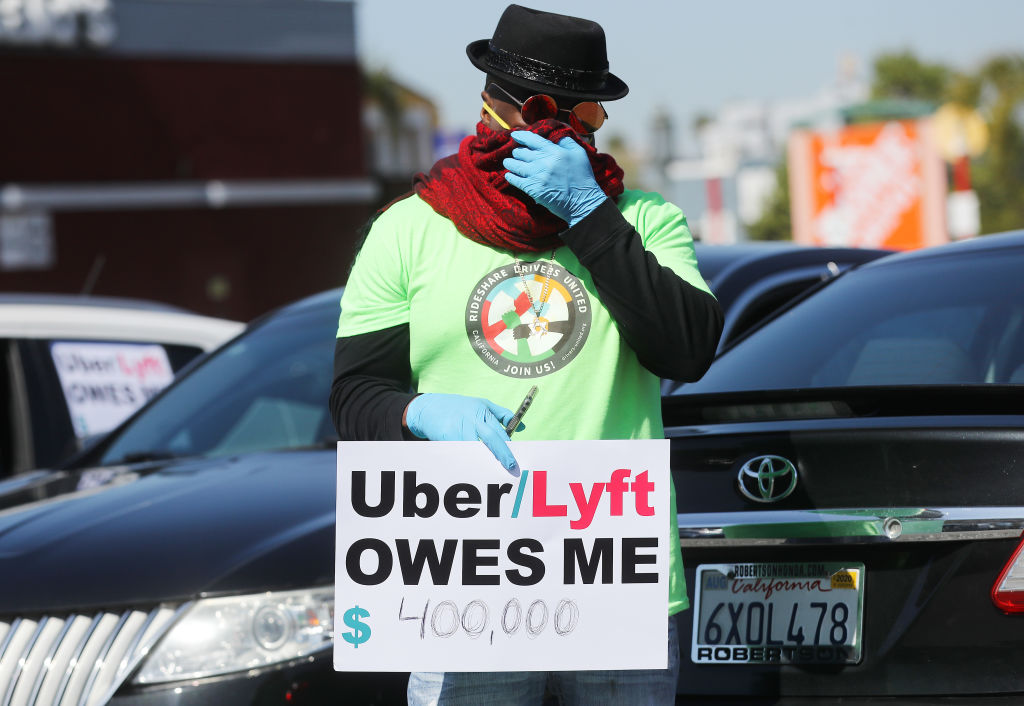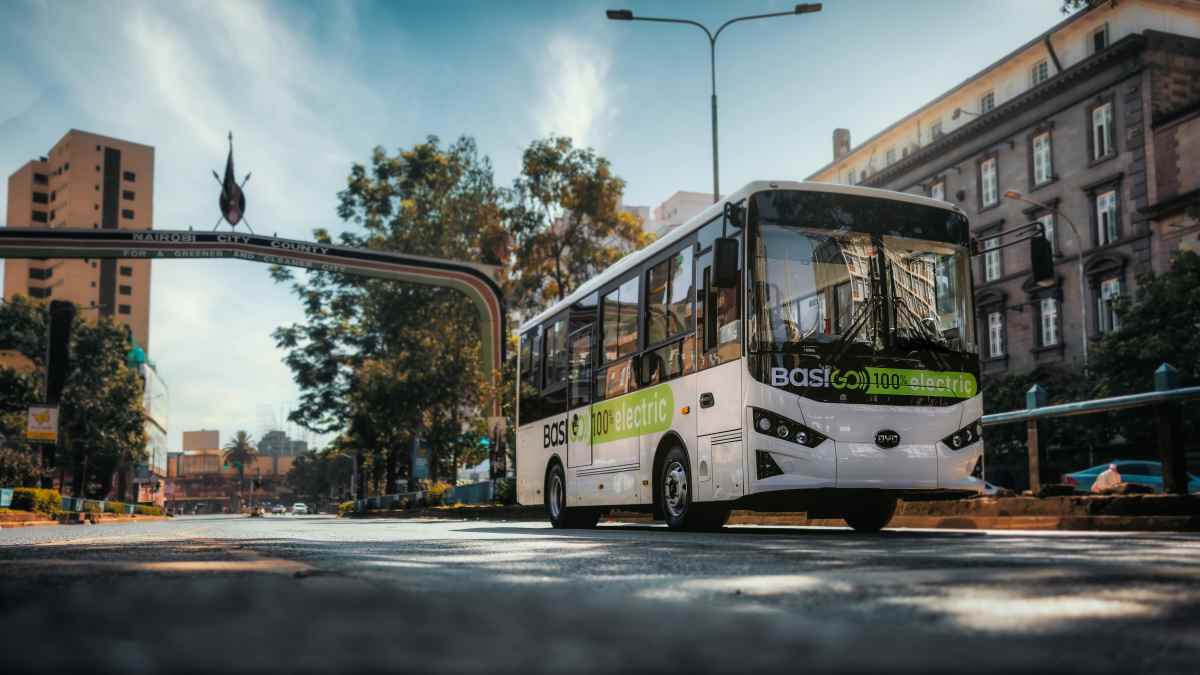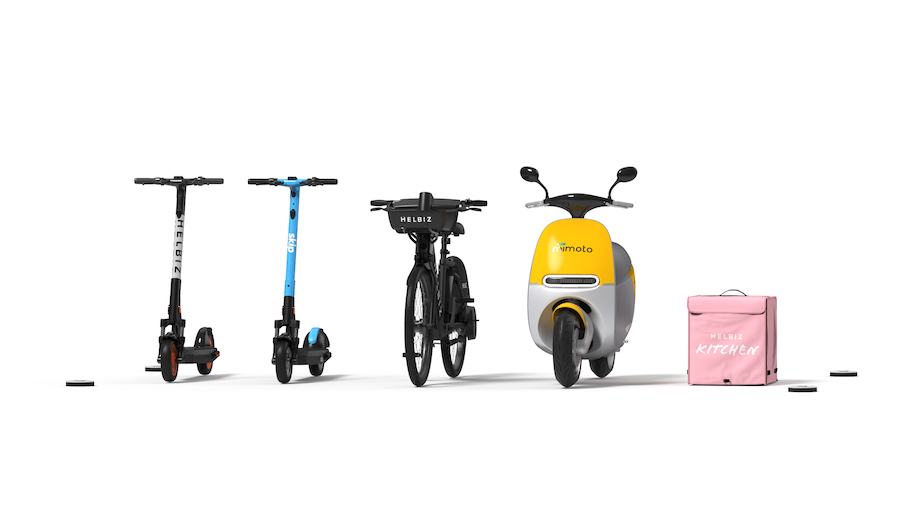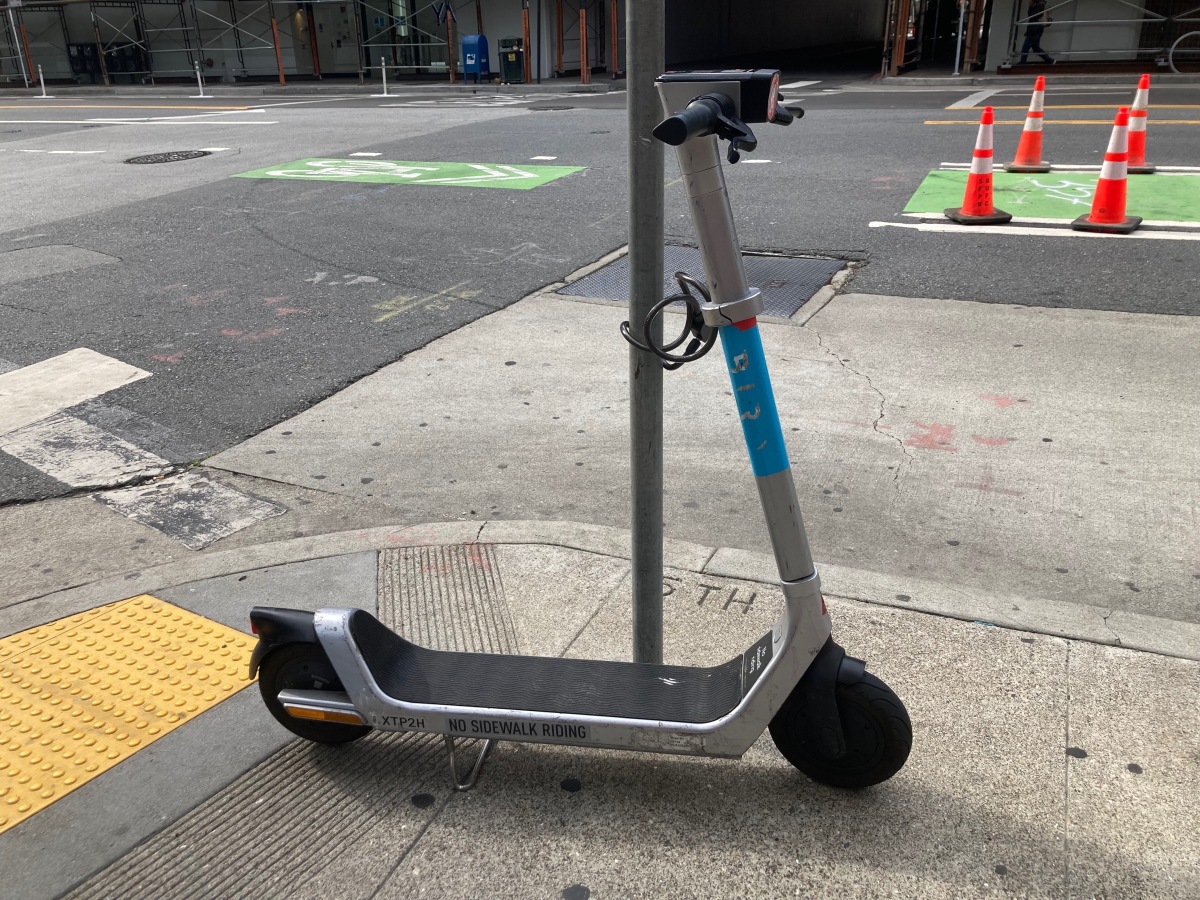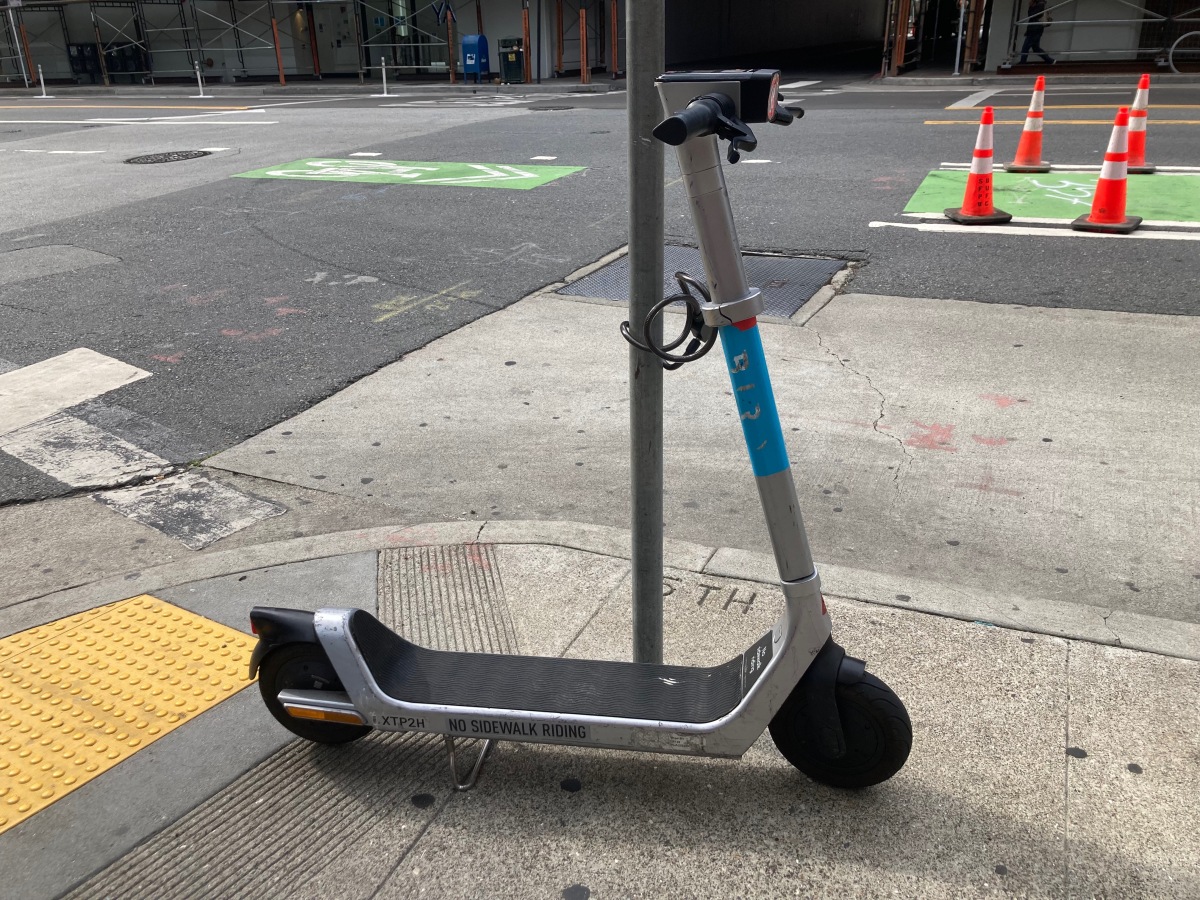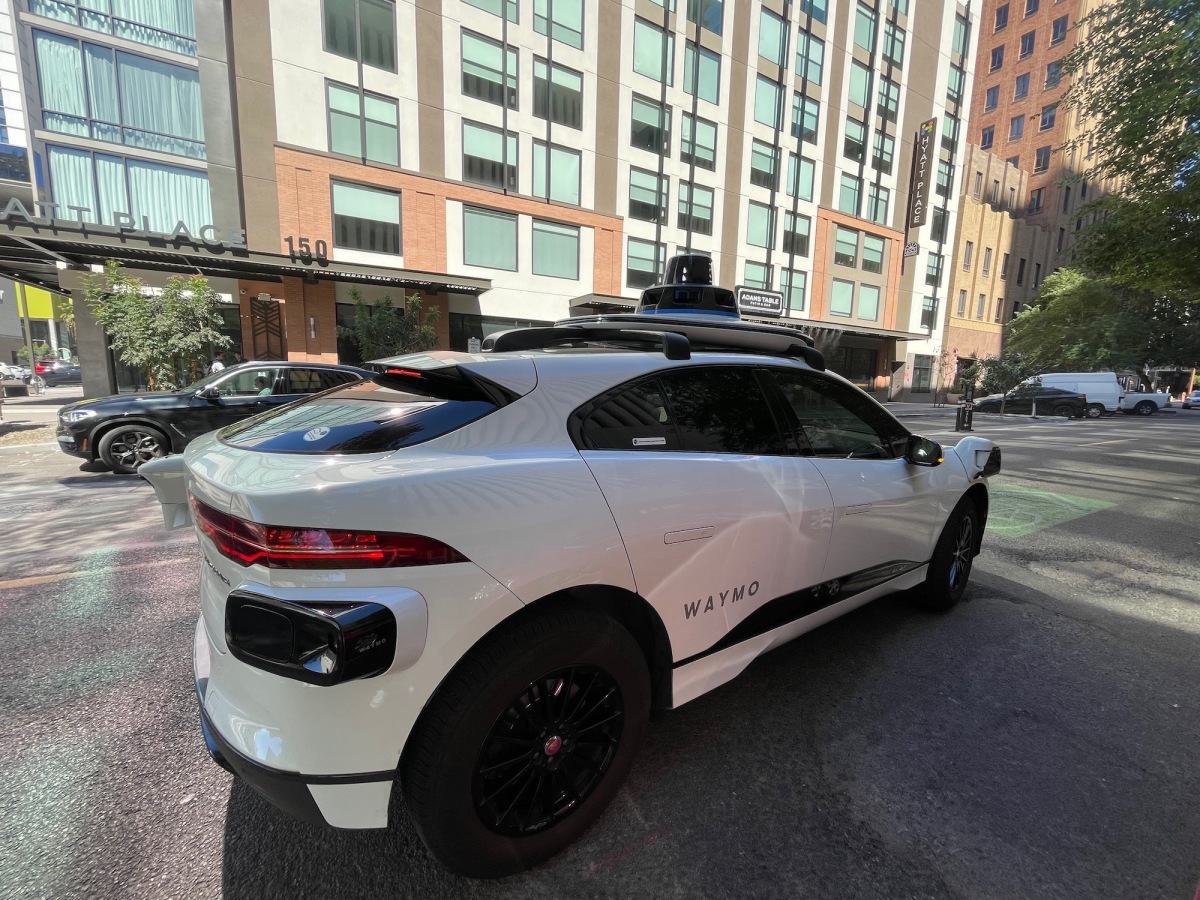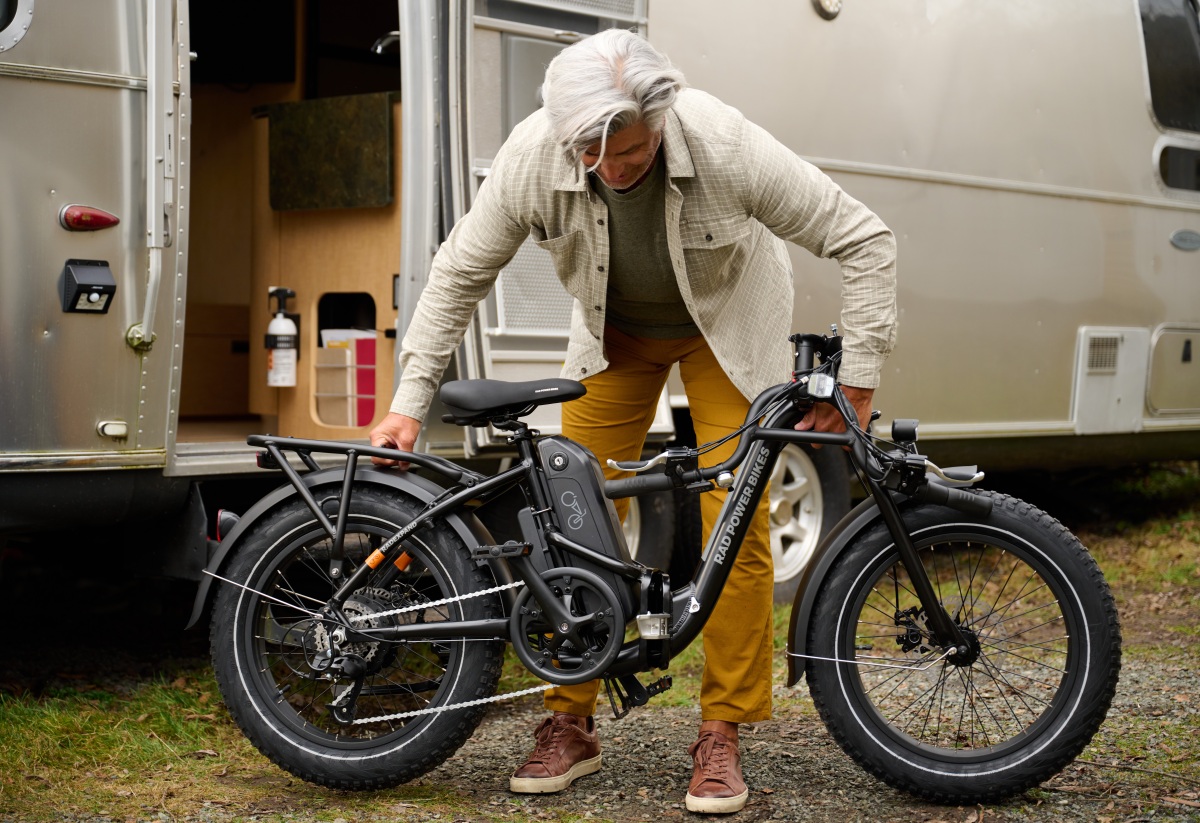Uber, Lyft to pay NYC drivers more by end of year • ZebethMedia
Uber and Lyft will have to increase the minimum pay rates for drivers in New York City by the end of the year, Engadget reports. The fare increase comes amid a driver shortage post-pandemic, in large part due to rising operational costs. The city’s Taxi and Limousine Commission (TLC) voted to increase the per-minute rates of ride-hail drivers by 7.42% and per-mile rates by 23.93%. Yellow and green cab rates will also increase by 23% by the end of this year. The commission is hoping that increasing the pay rates will attract more taxis and drivers to the roads in order to serve increasing passenger demand. “Raising taxi fare rates and minimum pay for high-volume drivers is the right thing to do for our city,” said TLC commissioner David Do in a statement. “This is the first taxi fare increase in ten years, and these raises will help offset increased operating expenses and the cost of living for TLC-licensed drivers.” Per the new rates, a sample trip of 30 minutes that goes 7.5 miles will require a minimum driver pay of $27.15, which is up $4 from original rates and more than $2.50 from the current rates, according to the TLC. The commission noted that this is still a minimum and companies can pay drivers higher than that amount. Companies will continue to choose how much to charge passengers. It’s not yet clear how this will affect Uber and Lyft customers, and neither company has yet explained if they will offload costs onto passengers. In terms of metered rides, the new drop rate will be $3.00, up from $2.50. Unit rates will go from $0.50 to $0.70. This translates to an increase in passenger fare of about 22.9%, according to the TLC. So a $15.97 ride will now cost $19.62. In February, Uber and Lyft drivers got a 5.3% increase in minimum driver pay rate due to inflation and higher operational costs. Today’s fare hike is on top of that. Ride-hail drivers can also expect to receive an additional rate increase in March, which will be based on inflation comparing December 2022 to September 2022. Last month, Uber urged the city to vote against the proposed fare increase, saying it was “economically unjustifiable” because it meant the agency would be locking in this summer’s high gas prices in perpetuity, only allowing expenses to go up moving forward. “While moving away from dynamic pay rates was long overdo, passing a rule that expressly says it wont be guided by economic reality going forward hurts riders, drivers and the agency’s credibility,” said Freddi Goldstein, an Uber spokesperson. The New York Taxi Workers Alliance (NYTWA) applauded the fare raise, saying it would provide momentum to get driver income to $25 per hour after expenses. “This raise is very important for us. After the $2300 a month I pay in rent, the expensive cost of gas and food, what do I have left at the end of the day?” said Mamadou L Diallo, NYTWA member and Uber and Lyft driver, in a statement. “Our families, parents, children depend on us but it is not enough. We make New York a 24 hour city. We deserve this raise!”
